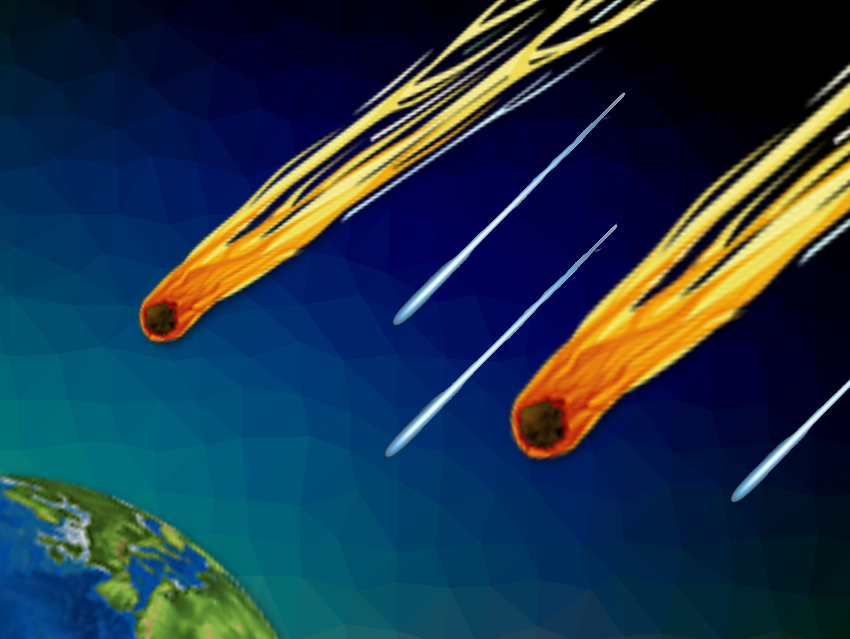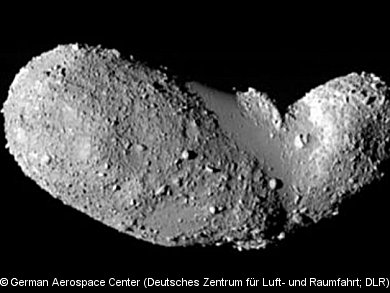Ute Böttger, Institute of Planetary Research, German Aerospace Center (Deutsches Zentrum für Luft- und Raumfahrt; DLR), Berlin, and colleagues are carrying out scientific work on asteroid particles. These were collected by a Japanese spacecraft during the Hayabusa mission in 2005 at the surface of the Itokawa asteroid and brought back to Earth in 2010. Besides Moon rock from the Apollo and Luna missions, these samples are the only material ever collected directly from a body in the Solar System. It is the first asteroid material where the exact origin is known and that was not altered upon atmospheric re-entry.
The tiny particles measure less than a tenth of a millimetre in diameter and are contained in a nitrogen atmosphere to prevent contamination from terrestrial influences. They consist primarily of olivine, an iron-magnesium silicate (Mg,Fe)2SiO4 also typical for terrestrial igneous rocks.
Further analysis will be performed at Lund University, Sweden, and the University of Manchester, UK.
Itokawa is a primordial asteroid up to 4.5 billion years old, so the results could provide scientists with information on the origin of the Solar System.
Also of Interest

Space dust analysis could solve mystery of the origins of Earth’s water




